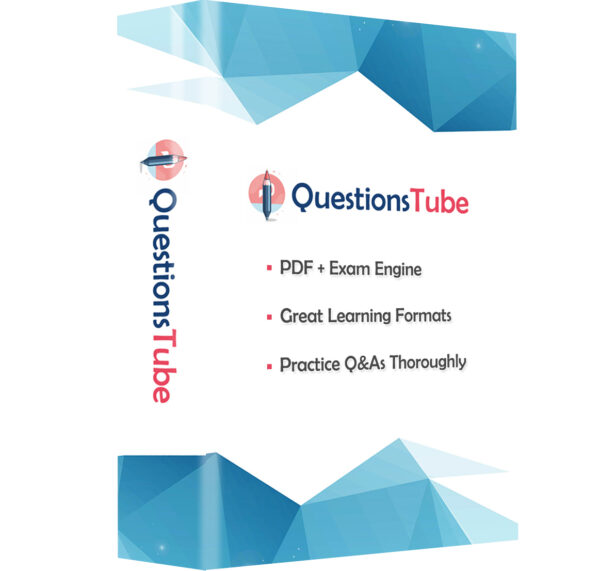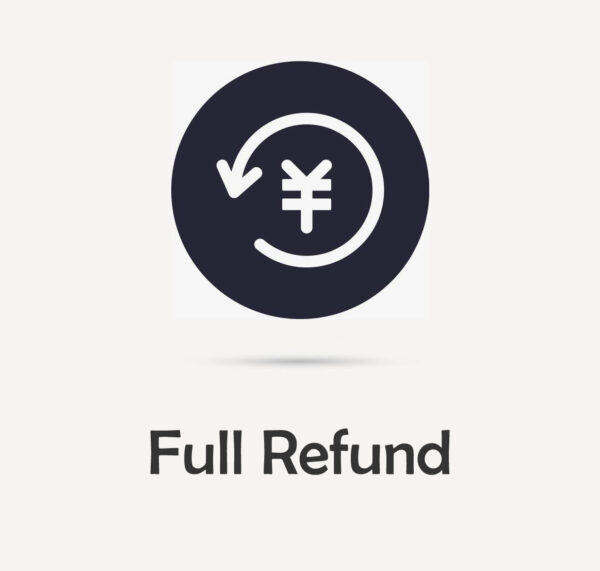Order our MB-330 Practice Questions Today and Get Ready to Pass with Flying Colors!
Go To test MB-330 Free Questions
Product Description
Introduce Microsoft MB-330 Exam
The Microsoft Dynamics 365 Supply Chain Management Functional Consultant MB-330 exam is the part of the requirements for Microsoft Certified: Dynamics 365 Supply Chain Management Functional Consultant Associate certification. Candidates for MB-330 exam are supply chain management functional consultants who design and configure Dynamics 365 Supply Chain Management and related tools and technologies to meet the requirements for a customer. Candidates partner with architects, developers, consultants, and other stakeholders to deliver solutions that meet or exceed the needs of their customers. The Microsoft MB-330 exam is available in multiple languages, including English, Japanese, Chinese (Simplified), German, Spanish, French, Italian, Portuguese (Brazil). Make sure that you can pass the MB-330 exam and earn the Microsoft Certified: Dynamics 365 Supply Chain Management Functional Consultant Associate certification to promote your positions.
Learning MB-330 Exam Objectives Is Strongly Recommended
- Create and release products and product variants
- Create and apply product templates
- Create BOMs and BOM versions
- Create and configure category hierarchies
- Create and manage product states during the life cycle of a product
- Create product attributes
- Configure storage, tracking, and product dimension groups
- Create item model groups
- Describe use cases for item groups
- Configure reservation hierarchies
- Configure unit sequence groups
- Create and assign bar codes and Global Trade Item Number (GTIN) codes
- Configure product unit conversions
- Configure default order settings
- Configure product filter codes for warehouse operations
- Describe costing versions for standard and planned costs
- Describe how price groups constrain pricing
- Configure items with standard costs
- Configure default item prices, purchase prices, and discounts in trade agreements
- Create and manage inventory dimensions
- Configure Inventory management parameters and journals
- Configure inventory value reports
- Configure ABC classifications
- Create and process journals, including bill of materials, item arrival, transfer, movement, inventory adjustment, and counting, journals
- Create and process transfer orders
- Describe the inventory closing and adjustment process
- Configure and perform inventory closings and adjustments
- Apply inventory blocking manually
- Create batch disposition codes
- Manage quality
- Configure and process nonconformances
- Configure quality associations
- Configure components for the quality control process
- Process quality orders
- Process quarantine orders
- Describe use cases for inventory blocking using a quality order
- Configure asset management
- Create and manage work orders
- Create and configure assets
- View and manage capacity for work orders
- Configure work order settings
- Schedule preventive maintenance and reactive maintenance
- Create and maintain vendors
- Describe use cases for procurement workflows
- Create and manage purchase requisitions, requests for quotation (RFQs), and purchase orders (POs)
- Create purchase agreements and vendor rebates
- Configure and process consignment inventory
- Manage over and under deliveries and delivery schedules
- Configure procurement categories, charge codes, and purchasing policies
- Configure vendor collaboration features
- Create and process vendor returns
- Describe landed cost concepts and terminology
- Identify use cases for transportation management module and landed cost modules
- Create and maintain customers
- Describe sales order reservations and order promising
- Configure sales agreements
- Configure and process sales quotations, sales orders, and sales returns
- Configure sales groups, commissions
- Configure and manage discounts and price groups
- Configure and process intercompany orders
- Configure customer rebates
- Create sites, warehouses, locations, location formats, location profiles, location types, and zones
- Create and manage warehouse workers
- Configure work policies and work breaks
- Implement location directives
- Configure inventory statuses
- Configure wave, load, and work templates
- Configure mobile device menus, menu items, and display settings
- Create and print labels, including product, wave, and license plate labels
- Describe the replenishment process and cross-docking
- Describe the capabilities of the load planning workbench
- Configure and process inventory movements
- Create cycle counting work and perform cycle counting
- Process inbound and outbound orders
- Update inventory statuses
- Configure containerization and packaging options
- Configure shipping carriers and carrier groups
- Perform planning and executing of loads and shipments
- Configure and generate freight bills and invoices
- Configure route plans and guides
- Configure route and rate engines
- Configure and use dock appointment scheduling
- Reconcile freight by using manual or automatic processes
- Describe the various types of forecasting available
- Configure Planning Optimization Add-in for Microsoft Dynamics 365 Supply Chain Management
- Describe planning optimization fit analysis results
- Set up coverage groups and item coverage
- Configure and maintain master planning parameters, master plans, and forecast plans
- Define positive and negative days
- Define action messages, delay messages, and time fences
- Configure period templates
- Run master planning
- View and process planned orders
- Set up and use the Supply Schedule form
- Configure safety margins
- Configure and process safety stock journals
How can you prepare for the MB-330 exam well? One of the best ways is to use MB-330 practice questions of QuestionsTube.
Our MB-330 Practice Questions include:
– MB-330 exam questions and answers: These are the most updated and accurate questions and answers that reflect the real exam content and format. You can practice them online or offline and check your answers with detailed explanations.
– MB-330 exam questions pdf: It is the most valid and effective pdf file that contains the actual exam questions and answers. You can download it and use to read all the questions and answers anytime and anywhere.
– MB-330 ICE exam engine: This is a powerful tool that simulates the real exam environment and allows you to test your knowledge and skills under time pressure. You can customize your exam mode, difficulty level, question type, and number of questions.
– MB-330 free update: This is a great advantage of QuestionsTube’s MB-330 exam questions. You can choose the free update privilege to make sure that you will always have the latest study materials in a valid period.
By using our MB-330 exam materials, you can:
– Save your time and money: You don’t need to spend hours searching for other sources or paying for expensive courses or books. Our MB-330 exam materials are enough to prepare you for the exam.
– Enhance your confidence and performance: You can familiarize yourself with the exam format and content and improve your speed and accuracy. You can also identify your strengths and weaknesses, and work on them accordingly.
– Guarantee your success: We have a high pass rate and a full refund policy. If you use our MB-330 exam materials and fail the exam, we will refund your money without any hassle.










Reviews
There are no reviews yet.